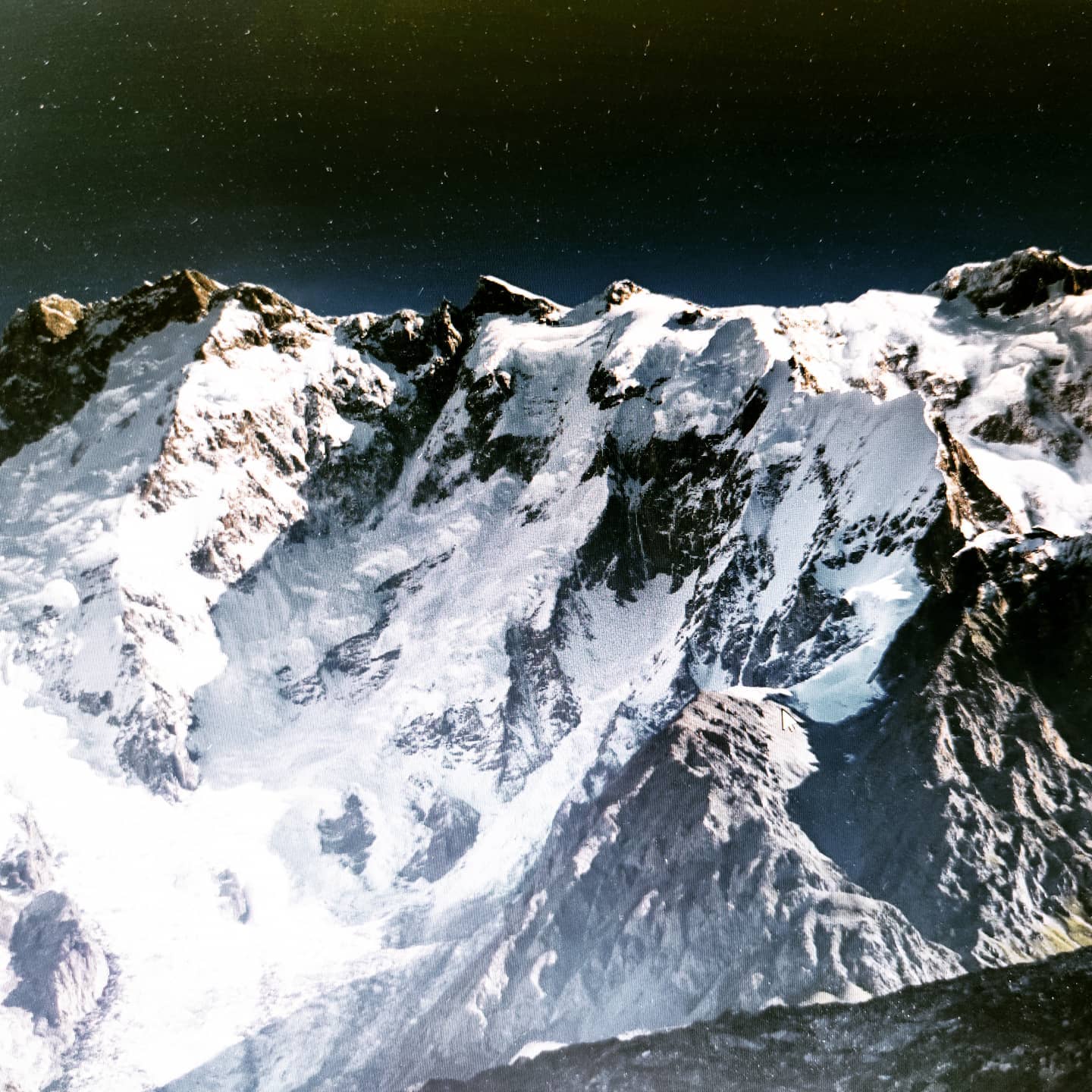A Czech team trying not to climb Muchu Chhish drew attention to the dark peak, located in the distant Batura Muztag.
As we noted earlier, Muchu Chhish’s elevation ranks it as the highest un-climbed peak in Pakistan and the second in the world after Bhutan’s Gangkhar Puensum, which is prohibited from climbing for religious reasons.
However, as mountaineering and polar historian Damien Gildea told ExplorersWeb, if you consider Muchu Chhish in terms of importance, it can hardly be called a mountain. Muchu Chhish is only 263 m of importance.
“It’s really just a sub-peak of the Batura chain,†says Gildea. “Gangkhar Puensum, on the other hand, is a real mountain, with 2,995m of prominence. “
Location of Muchu Chhish on the ridge of Batura Muztag.
 
What is prominence?
Prominence is a measure of “how high a mountain rises above its immediate surroundings,” as Dave Philips writes in Out There Colorado. It is the drop from a peak to the lowest point between it and the next mountain, known as the key saddle.
The concept of prominence became remarkable when mountaineers began to climb mountains for sport and, above all, to collect mountains. Significance is crucial for these lists, from the 14,000ers (in feet) in the United States to the 4,000ers in the European Alps to the 8,000 Himalayas. It makes it possible to differentiate the main summit from a subsidiary summit or from a secondary summit.
It also helps to assess the chain escalation of multiple peaks within a certain period of time.
What is not clear is the exact prominence required to be a mountain. The UIAA requires a 30m drop, plus some mountaineering and morphological features, to include a mountain in the Alps as a standalone 4000m peak. Peakbagger.com’s list of 14,000 Americans shows a clear significance of 300 feet.
Prominence vs domination
In the Andes, 6,000m peaks are classified according to a slightly different concept: dominance. This is the percentage between the prominence and the total height of the mountain. It must be above 7% for the main peak, between 2.10% and 6.99% for a subsidiary peak, and between 0.7% and 2.99% for a secondary peak, according to Estilo Alpino.

Aconcagua, Argentina, ranks second after Everest in terms of importance. Photo: Miviaje.com
 
The importance and dominance are remarkable in the American mountains. After Everest, Aconcagua is the second most important peak in the world (at 6,960 m above sea level), followed by Denali (6,144 m).
Eberhard Jurgalski of 8,000ers.com has a full article on Domination. In the case of Muchu Chhish, by the way, his dominance is only 3.5%.
Prominence offers new challenges to advanced baggers. They can now focus on the larger peaks rather than the highest peaks in an area. For those looking for ideas, Aaron Maizlish’s Peak List is an ambitious project that attempts to list every mountain in the world with over 1,500m of prominence.
If the altitude vs prominence debate is open, it shows the limits – but also the possibilities – of the summits which are in reality points on a massif. The challenges on Muchu Chhish start, for example, on the sharp hill between Camp 2 and Camp 3, and on the long ridge well before the summit. Likewise, it opens up the possibilities of potential crossings of all or part of the Batura massif.

The BC of the Czech team at the foot of the marble peak.
 
Meanwhile, near Muchu Chhish
As for the Czech team, the three climbers and their local base camp staff are currently acclimating on Sang-E-Marmar (Marble Peak). The team established Base Camp at 4,200m and now has Camp 2 set up at 5,400m.
“We hope to reach 6000m today to boost our red blood cells,” they said. They did not say if they were planning to reach the top of Marble Peak. “It started to snow a lot, so the weather forecast [was wrong]”, noted the climbers.
Wherever they reach, their plan is to move base camp to Muchu Chhish around July 11.
About the Author

Angela Benavides
Senior journalist, published author and communications consultant. Specialized in high altitude mountaineering, with an interest in everything that surrounds the mountain: from economics to geopolitics. After five years exploring distant professional lines, I returned to ExWeb BC in 2018. I have felt at home ever since!

